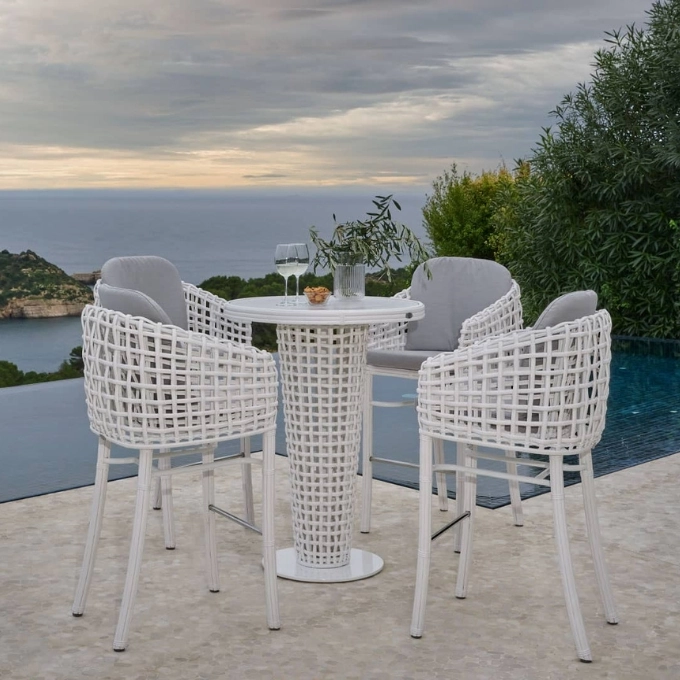An attractive patio can serve many functions. From dining and reading al fresco to hosting parties and hosting barbecues.
Before placing furniture on your patio, take into consideration its intended usage. Symmetrical arrangements may create more formal settings while asymmetrical ones offer a more casual aesthetic.
For an easy yet versatile layout, group a sofa with chairs around a coffee table. Add color and texture by including a rug to ground the furniture and grounding its position on the ground.
Asymmetrical
Layout of patio furniture and decor is key for creating proper scale and proportion as well as creating an atmosphere of flow and openness. Achieve this through maintaining proper proportions while simultaneously creating an environment in which guests move about more easily without bumping into each other or accidentaly transporting hot food/beverages. Leaving extra walkway space may help relieve overcrowding to give the patio a feeling of spaciousness.
Function Once you understand the purpose of your outdoor space, it becomes simple to determine an effective floor plan for patio furniture that fulfills its requirements. For instance, if you’re an expert griller your patio should include a dining area so you can enjoy your hard work; if there is a pool on your property deck chairs and chaise lounges are an absolute necessity to soak up some sun; conversely if your patio overlooks a garden you could create an interactive seating area complete with sofas and armchairs for optimal enjoyment!
Proportion A key element in creating the ideal patio set up is ensuring all the pieces are proportionate with each other and to the space, and can be accomplished in various ways, such as through symmetry or asymmetry. Symmetry creates an elegant formality while asymmetry works better in more informal areas as its visual weight must be considered when planning this look.
Walkways
A key element in creating the ideal patio environment is providing enough walkways, so both you and your guests can freely move throughout it without tripping over furniture. When designing high traffic areas, leave three to four feet for comfortable movement between furniture items – this also keeps your patio flexible so that furniture arrangements can change to match events or numbers of guests.
Accent Tables
Adding accent tables to your patio space is an easy way to bring texture, colors and shapes into any given room. There are three primary categories of accent tables – side, end and coffee tables. Side tables should be used against walls or to the side of seating arrangements while end tables sit front of sofas/sectionals while coffee tables occupy central positions in lounge sets.

